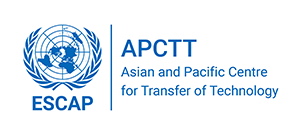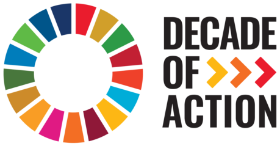Tidal Power Generator
The Neptune Tidal Power Pontoon consists of a 4m x 4m vertical axis Savonius (Binks, Michell or Crossflow) turbine mounted within a patent pending symmetrical accelerator duct beneath a standardised 8m x 13.02m steel barge for estuarine sites. The vertical axle connects simply to the gearbox and generator/alternator on the top of the pontoon with associated valves and supply controls. The power pontoon is easily moored in the free stream, thus minimising environmental impact and operates equally efficiently for both flood and ebb currents. Theoretical work and 1/100th scale laboratory modelling suggests an efficiency of 60-80%. Proteus technology is capable of generating cost effective renewable energy in shallow water, estuarine environments with minimal environmental impacts. We believe that the Neptune Proteus tidal power pontoon has five innovations which make a significant technological impact on tidal power development: For more information, contact: Neptune Renewable Energy Ltd Salisbury House, 29, The Weir, Hessle, East Yorkshire HU13 0SB UK Tel: +44 (0) 1482 640224 Fax: +44 (0) 1482 642935 E-mail: jackhardisty@neptunerenewableenergy.com
Sector: Renewable Energy Technologies
Country: India
Area of Application: Tidal energy, Reneable energy sectors
Keywords: Tidal power, Generator
Advantages: Cross Sectional Shape - Neptune Proteus generates 30% more electricity per unit channel width than turbines. Estuarine Locations - Advantages include: proximity to grid and demand, absence of wave activity on structure and ease of installation and O&M access. There are at least 10 British Sites >2.5 m s-1 which would support this technology. Foundations - Neptune Proteus has shallow water moorings which provide relatively low installation and removal costs. Environmental Impact - Neptune Proteus has minimal impact on environmental energy flows and the largely steel construction is mostly recyclable. O&M - All Neptune turbine components are serviceable on site except for the lower bearing which can be serviced and replaced with local dry-docking e.g. biannually. The device weighs 40 tonnes and can be towed to site using a small tug. Overall, Proteus has reduced capital and O&M costs.
Environmental aspects: Energy efficiency
Development Status: Commercial Prototype
Legal Protection:
Technical specifications:
Transfer Terms: Consultancy , Equipment Supply
Target Countries:
Estimated cost (US$):
Upload any relevant document:
Contact Person: APCTT (UNESCAP)
Address: Asian and Pacific Center for Transfer of Technology (APCTT) C-2, Qutab Instituational Area
City: New Delhi
Country: India
Zip/Pin Code: 110016

